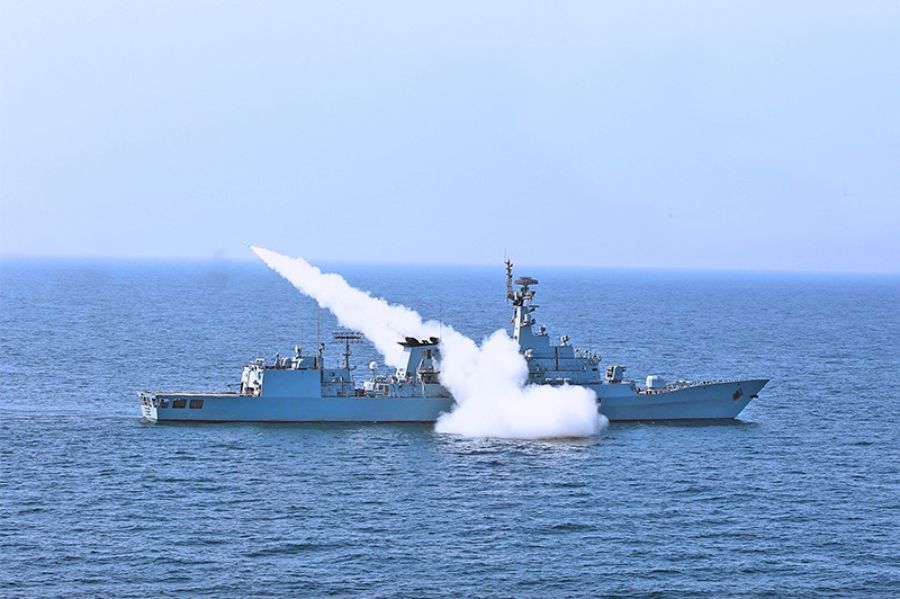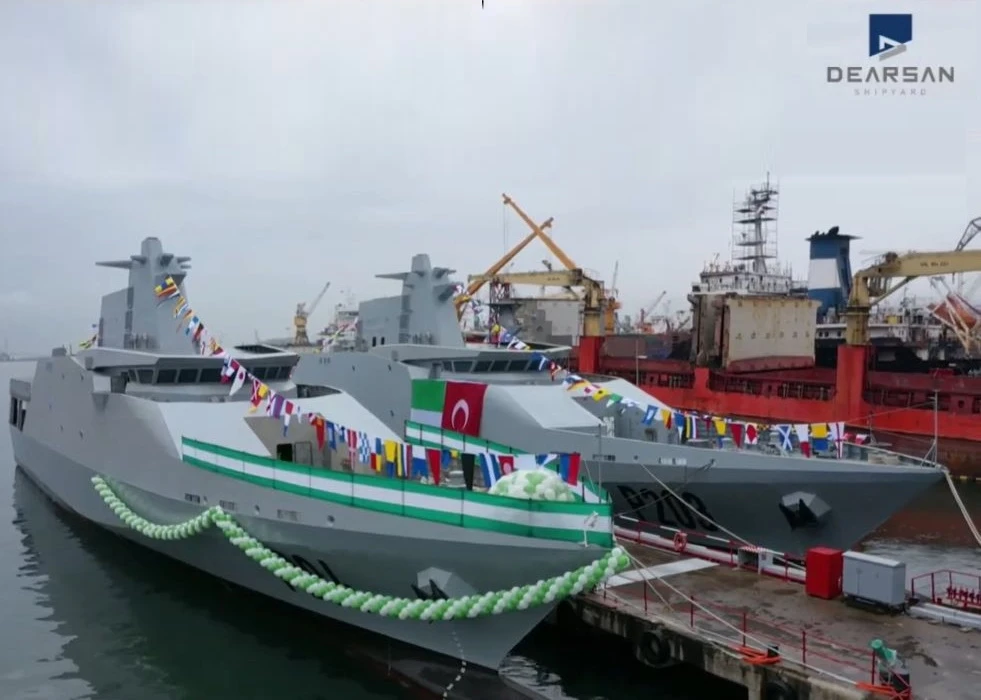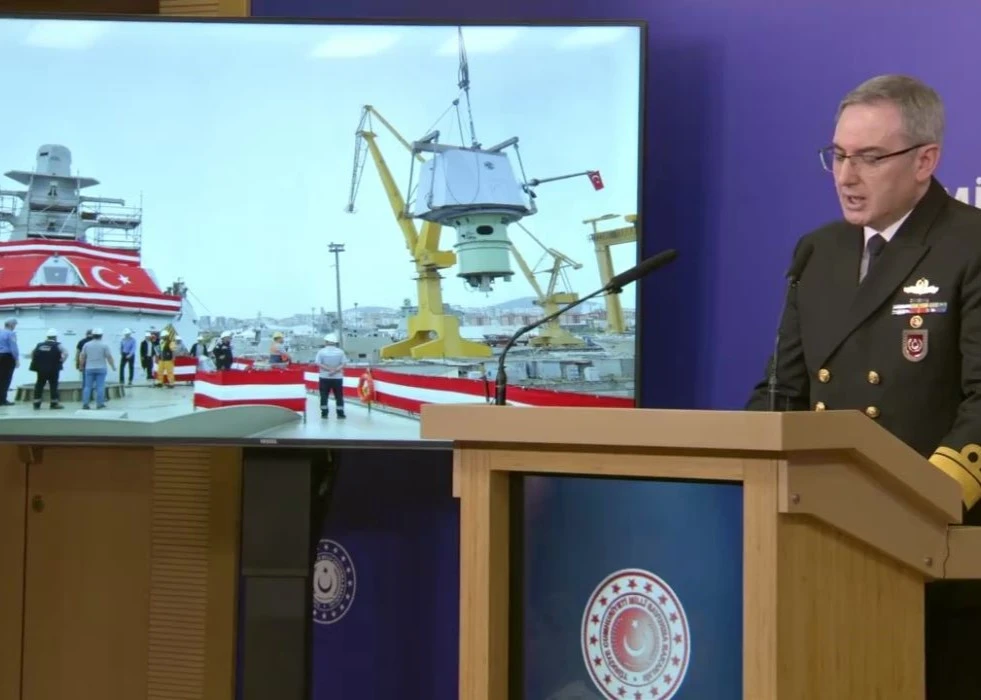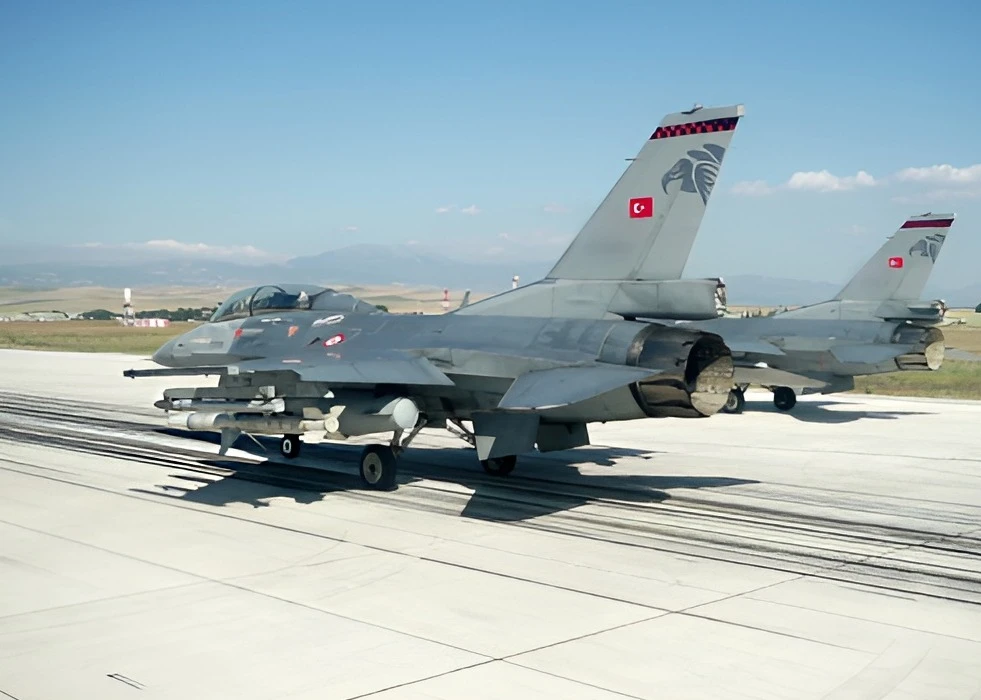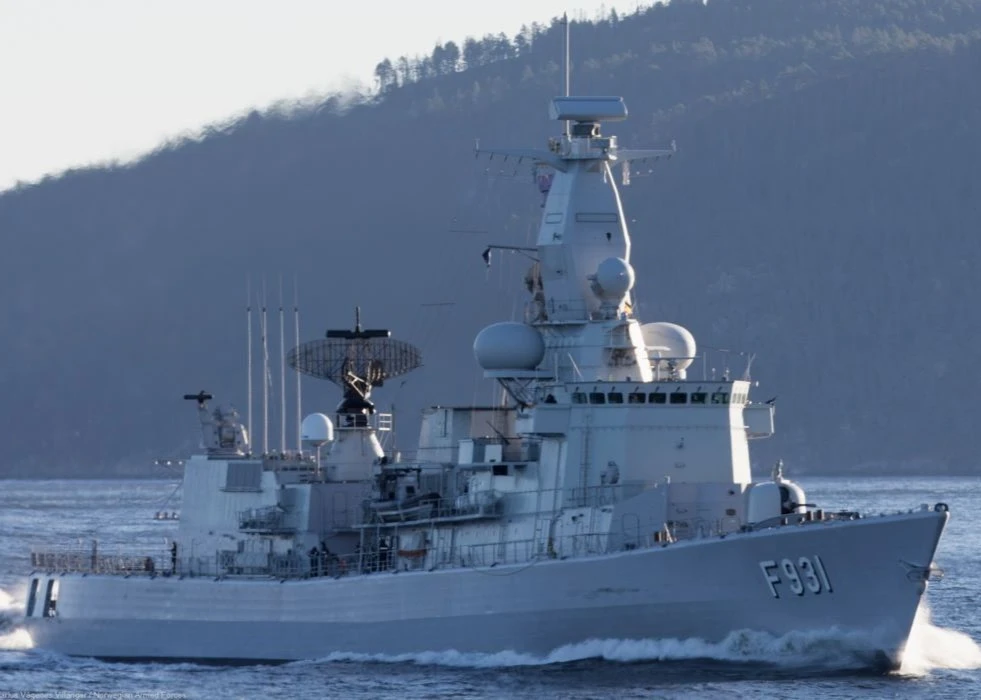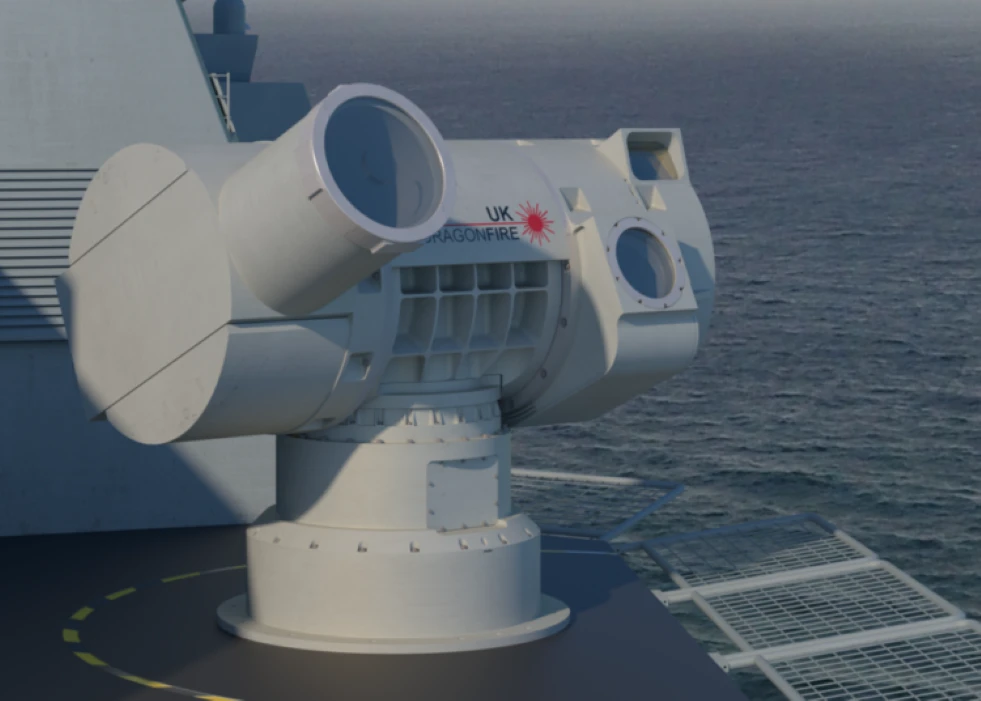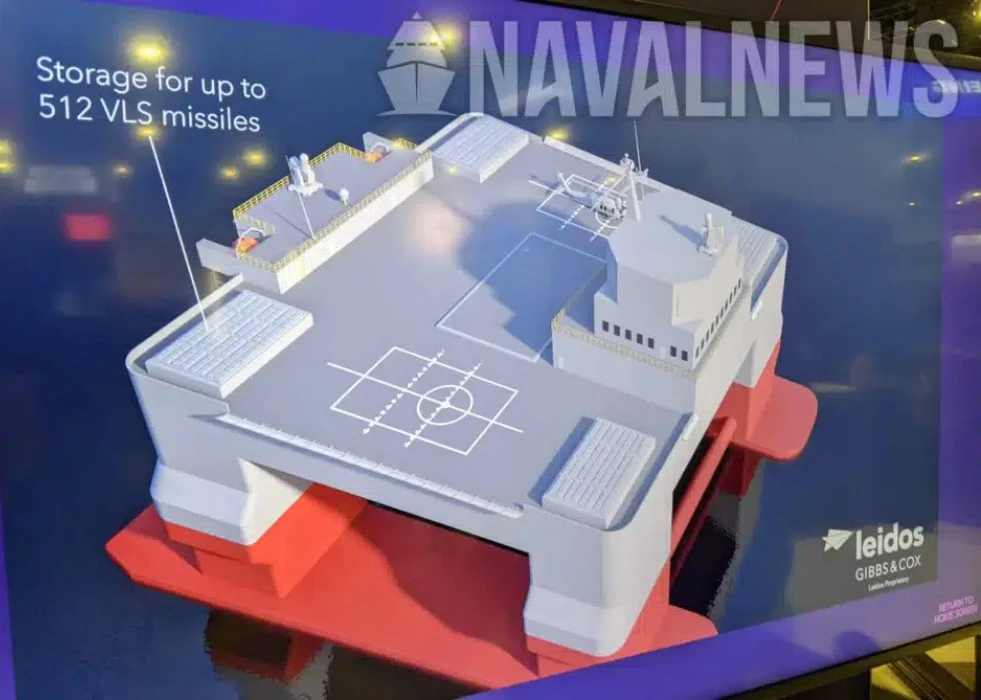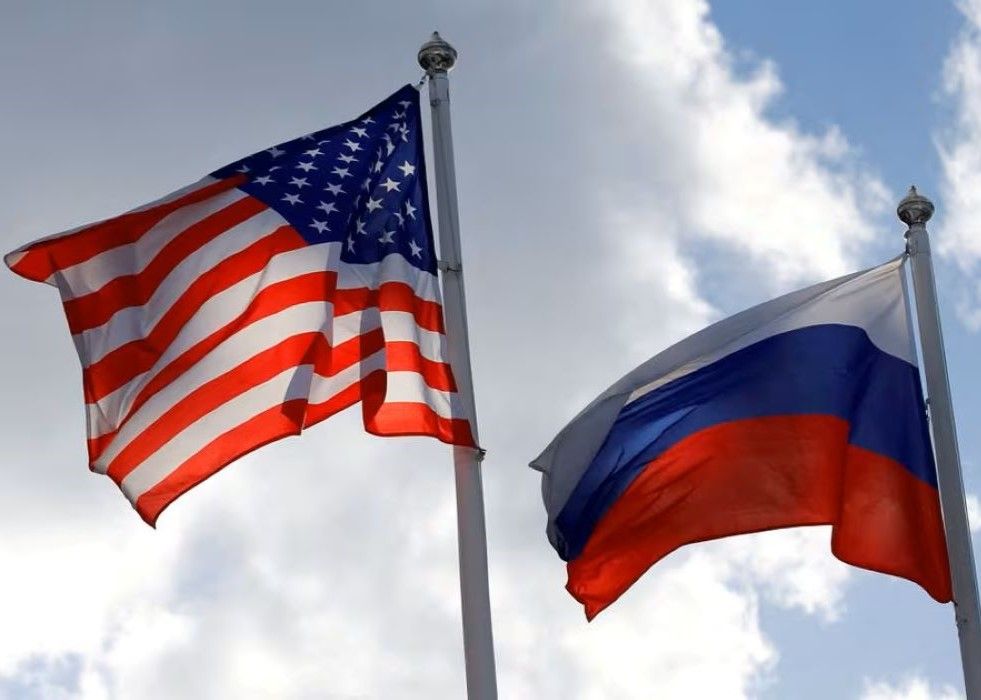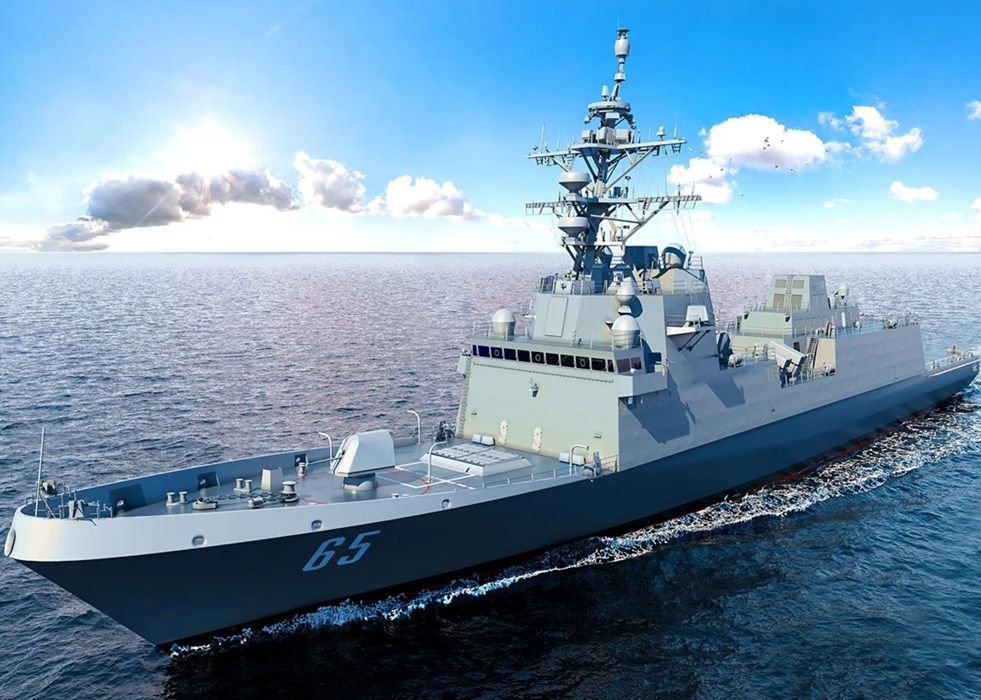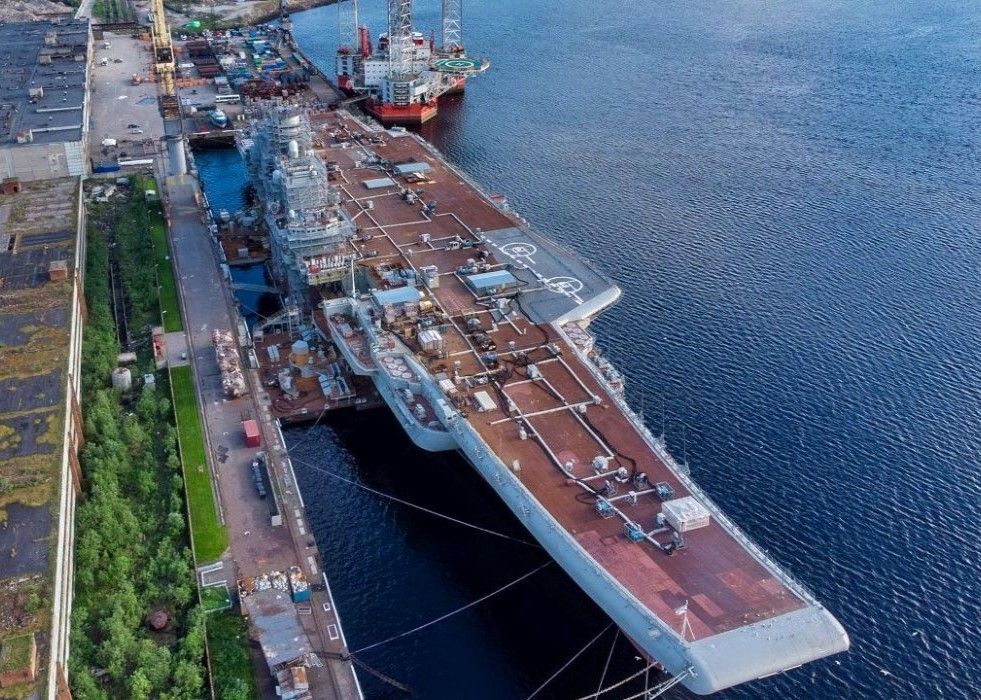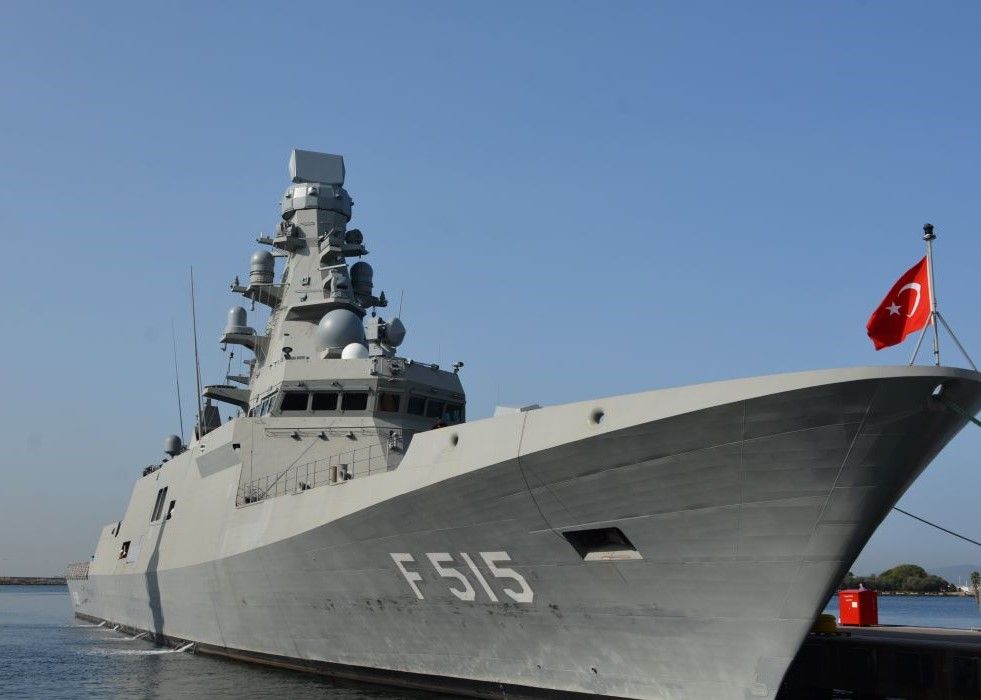GENERAL OVERVIEW OF THEPAKISTAN NAVY,
MARITIME POWERS IN THE REGION,
POLITICAL SITUATION
AND
DEFENCE INDUSTRY RELATIONS
PART I
PAKISTAN ARMED FORCES
AND
OVERVIEW OF
THE
PAKISTAN NAVY,
HISTORY AND PRESENT
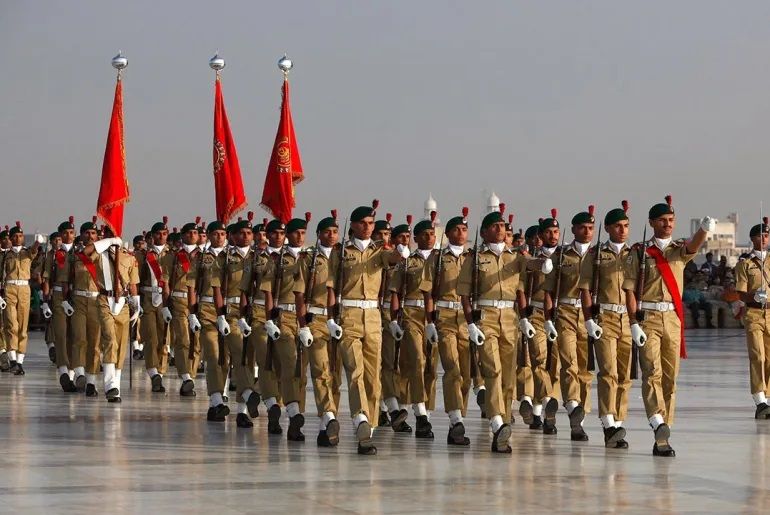
Overview of Pakistan Armed Forces
Pakistan Armed Forces (Musallah Afwaj-e-Pakistan) are one of the country’s power groups and influence in domestic politics. The force is in a decisive position in determining the defence and security policy of the country.
The country’s conventional and nuclear forces were established to create deterrence due to ongoing tension with its neighbour India. The entire organisation has been developed in this direction. The fight against terrorism has been included in the primary task description of the army, especially since 2008.
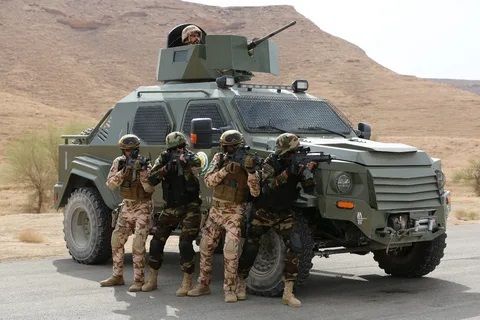
Pakistan determined 10.4 billion USD as its defence budget for its $ 288 billion Gross Domestic Product (GDP) in 2021. It is seen that this amount is regulated in such a way that it corresponds to 2% of the GDP on average. The armed forces personnel of the country, whose total population exceeds 238 million, is as follows;
- Strategic Forces Command: 12,000-15,000
- Land Forces Command: 560,000
- Naval Forces Command: 21,800
- Air Force Command: 70,000
- Gendarmerie, Law Enforcement and Paramilitary Structures Subordinated to the Government: 291.000
After the border clashes between India and Pakistan in 2019, the two countries re-accepted the 2003 Armistice Agreement. After this step, it is known that the tensions in the Line of Control in the Kashmir Region, where India wants to make its sovereignty controversial, have decreased.
There is high-level military cooperation between Pakistan and China against the common threat of India. Beijing is the leading supplier for Islamabad in transferring weapons, equipment, aircraft, ships, ammunition, systems and technology required for the Army, Navy and Air Force. The military cooperation between Islamabad and Washington is not as high-level as with Beijing due to the regional policy of the United States and the sanctions imposed on Pakistan for various reasons. However, these close relations are expected to slow down after the recent change in power. There is more room for the new government to follow a more balanced policy with China and become closer to the West.
The personnel shortage experienced in the early years of the armed forces has been overcome with adequate recruitment and enlistment today. Increasing border security with Afghanistan has an essential place in defence expenditures. Still, significant investments in the military nuclear programme continue. It is known that Pakistan is developing a surface-to-surface missile launched from naval platforms capable of carrying a nuclear warhead.
Pakistan Navy continues procurement and construction studies to increase major surface combatant tonnage. In this context, there are studies for various frigates, corvettes and patrol platforms. In addition to the ships acquired from China, the PN MilGem class platform’s construction activities were developed by extending the Turkish Ada Class corvette length, and the Offshore Patrol Vessel / OPV from Damen Shipyard is progressing following the contracts. In addition, the Turkiye-based STM company continues to modernise the existing submarine power. There are also various plans to strengthen the submarine fleet.
China is the dominant supplier in the first period of procurements made on surface and underwater platforms. After the change in the political authority in Pakistan, the shares of different companies are expected to increase in the military acquisition processes of the country, especially from Turkiye. In addition to the acquisition of corvettes, frigates and patrol platforms, modernisation activities are in place for the compatibility of submarine power with modern combat conditions. In this direction, it is seen that Pakistan is trying to gain the area denial capability for both military and civilian vessels when necessary.
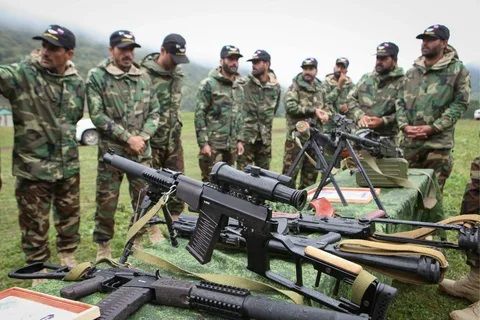
The Pakistan Navy, which experienced significant problems in the first years due to the lack of air power, is improving its maritime aviation capability with new aircraft and unmanned aerial vehicles. In this context, it is aimed to observe the navy responsibility zones, increase the anti-submarine warfare capability and ensure the security of naval nuclear weapons.
Islamabad Government has become one of the important regional defence industry manufacturers thanks to investments, technology transfers and licenced production activities. The country can meet a significant amount of its requirements from local suppliers. Although collaborative processes are primarily carried out with China, there has been a considerable increase in the activities of Turkish companies recently.
The Pakistan Navy has limited capability compared to its responsible maritime zones. The Navy’s ability to sustain long-term operations against a strong opponent like India is insufficient. It is aimed to increase both the offshore capability and operational sustainability of the force with the ships procured recently, and the shipbuilding projects carried out with China and Turkiye. With recent investments in anti-submarine warfare and submarines, Pakistan intends to develop sufficient A2/AD capability.
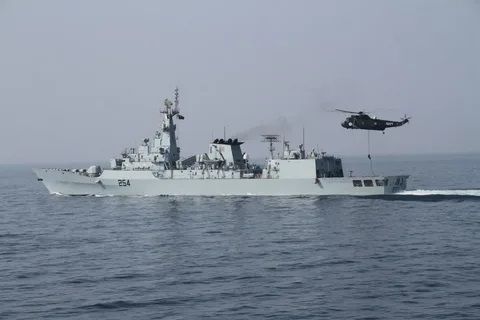
History and Construction Process of the Pakistan Navy
The country’s naval power began to be organised after its independence from the United Kingdom. In reorganising the region’s political structure, the Royal Indian Navy was also divided between the newly independent countries, India and Pakistan. Two-thirds of the entire asset of the said force remained in India in the process. From its establishment in 1947 until the isolation operation in the 1971 Indian War, the Pakistan Navy was considered a force that was not given enough importance and was generally operated for coast guard purposes. The navy investment has increased in light of the lessons learnt from the experiences. In this context, a new doctrine has been determined, including acquisition, development, operation and long-range capable submarines.
Pakistan is known to be richer in terms of geographical location and deltas where rivers reach the sea than its neighbour India. In addition, the country is located on critical, wide-ranging water lines that run the Arabian Sea in the West and the Bay of Bengal in the east. Despite all these issues, the remaining one-third of the fleet was transferred to the Islamabad Government from the share given to New Delhi. The Pakistan Navy, intended to serve in the aforementioned geography, was formed by two British sloops, two frigates, four minesweepers and six support vessels. It is also known that the force was established with a manpower of approximately 200 officers and 3,000 sailors, a lack of personnel from various classes, and very limited compared to the population and responsible operation zone. In addition, some maintenance, repair and shipbuilding materials from the Bombay Shipyard, located within India’s borders, were also written to Pakistan’s share. However, it is known that the Indian Navy did not transfer the tools and equipment in the following periods.
It is known that the Pakistani naval power experienced difficulties due to the lack of supplies in the wars with India. It was also recorded that the force experienced weakness due to the lack of some class personnel during the organisation. In this process, the requirement for trained personnel was partially met by the British personnel taking part in the force as a temporary solution due to bilateral agreements with the Royal Navy. As a remedy for the shortage of weapons and ammunition, Eastern weapons were integrated into the western platforms in the inventory. However, the Soviet Union left Islamabad’s demands unanswered due to the pressure of India, a broader market and strategic partner.
The United States began to impose an arms embargo on Pakistan after the 1965 Indo-Pakistani War. This situation has further increased the country’s weapons, systems and platforms difficulties. Following the development, a trend towards alternatives to China, France and the Soviet Union was observed. In this process, the Pakistani government of the period followed a more careful policy regarding the limited resources available to the Navy, although various offers were made. Proposals for surface platforms were rejected, prioritising submarine procurement, which is seen as a more strategic and relatively low-cost weapon. Daphné Class submarines developed by France were acquired. In addition, the ocean-liner Tench Class PNG Ghazi (S 130) submarine, procured from the United States within the scope of the “Security Assistance Programme” (SAP) and subjected to GUPPY (Greater Underwater Propulsion Power Programme) Modernisation, has undergone Mid-Life Upgrade in Gölcük Shipyard, Turkiye.
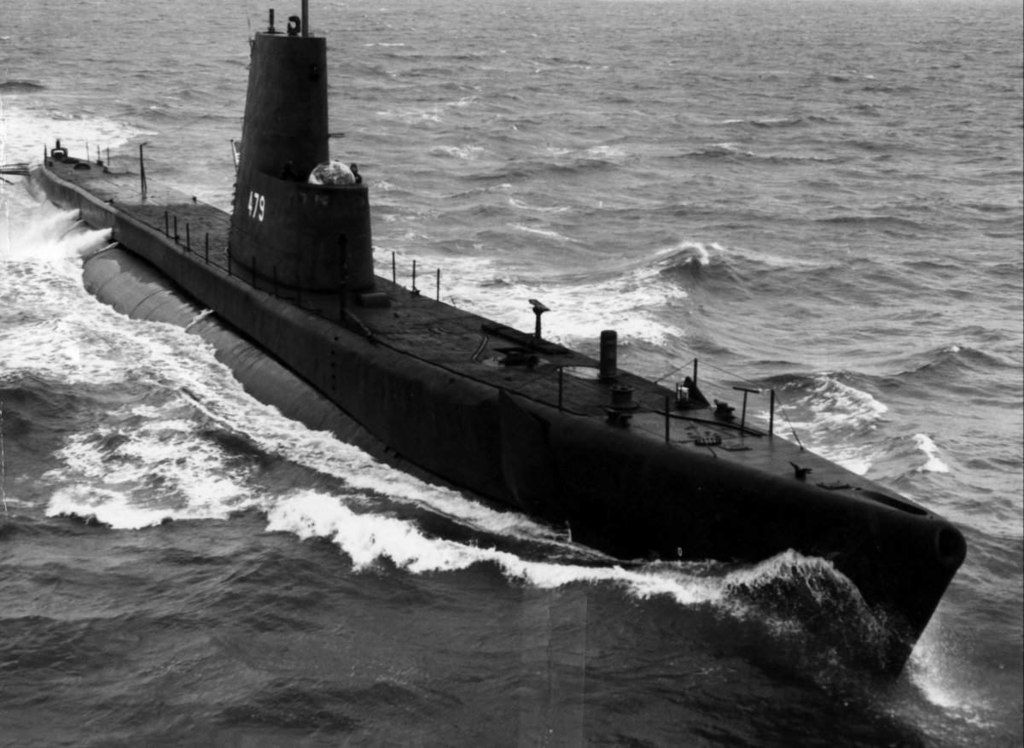
The Pakistan Navy has experienced personnel shortages since its establishment. The fact that the armed forces were predominantly built on land and air power in the early periods paved the way for difficult times in terms of platform and crew in the earlier periods. In addition, India’s failure to provide Pakistan’s share of the infrastructure from Bombay Shipyard, and the lack of a facility to provide comprehensive maintenance and modification services to ships outside the aforementioned region, caused the war readiness rates to remain extremely low for a long time. After the experiences, the Pakistan Navy has significantly eliminated the problem by establishing the necessary infrastructure in Karachi.
The Pakistani Navy has served for a long time without air power. Various problems were experienced due to the lack of reconnaissance and offensive capability during the 1971 Indo-Pakistani War. It is also known that the force could not show its existence in the East Pakistan region of Bangladesh. Again in the same war, the most notable achievement of the Pakistan Navy was the attack on the Indian naval vessel Blackwood Class INS Khukri (F149) frigate. The ship was sunk in the Arabian Sea region by the operation of the Daphné class submarine PNS Hangor (S 131). Although the frigate lacks the old and necessary anti-submarine warfare capabilities, it is a significant success and an accurate indicator of the steps taken by Pakistan with limited means. It is also known that more severe measures were taken after this incident against the regional submarine threat.
Following the success of the Pakistan Navy’s INS Khukri (F149), India conducted a raid on the Karachi Port and caused heavy damage to the facilities. Pakistan’s inability to prevent the incident revealed the necessity for modernisation of the Navy after the 1971 War. Improvements were made to the personnel system to overcome the crew shortage problem by making the Navy duties more attractive. Naval Aviation Command was established in 1974 after various stop-gap solution attempts failed. In the following years, the force was strengthened by acquiring naval helicopters and guided missiles. Pakistan also continued its submarine investments in parallel with its naval air power. In this process, two Agosta 70 class submarines, built by France for the Navy of the Republic of South Africa but not delivered due to the United Nations Embargo, were procured.
With the improvement of relations with the United States of America, Pakistan Navy was reinforced with Garcia Class destroyers and Brooke Class frigates with improved anti-submarine warfare capabilities in the second half of the 1980s. However, in 1995, all ships were returned to the United States as the lease contracts were not renewed.
Pakistan’s nuclear weapons efforts brought a new embargo in 1990. This situation started a new problematic period for Pakistan, which was heavily dependent on the USA in terms of the Navy at that time. In the following years, due to the non-renewal of the lease agreements, there were problems in the supply of spare parts and necessary materials, weapons and ammunition. Pakistan’s ability to operate on the blue waters, especially in the Indian Ocean, was weakened on the following dates because of the sanctions.
Type 21 class frigates were procured from the United Kingdom during the embargo. Submarine studies continued during the challenging and costly platform modernisation activities completed at the Karachi facilities. In the first stage, negotiations were conducted with China, which Pakistan also receives support in nuclear studies, to acquire nuclear-propulsion platforms. However, this purchase was abandoned due to the noise problems of the reactor systems and India’s advanced anti-submarine warfare capability. By 1994, negotiations were started with France for much quieter diesel-electric submarines. As a result of the intense bargaining process, France, despite all the pressures of India, procured Agosta 90B Class submarines with Air-Independent Propulsion / AIP capacity to Pakistan. The effectiveness of the Pakistan Navy in the Indian Ocean has increased with the purchase. In addition, the force’s anti-submarine warfare capability was enhanced with P-3C Orion and Breguet Br.1150 Atlantic maritime patrol aircraft.
Pakistan Navy in the Post-Millennium Era
The Pakistan Navy initiated a recovery period after the September 11 attacks in the USA. The Pakistan Navy regained its ability to operate in the Indian Ocean after Washington lifted all embargoes. Although the plans to purchase second-hand aircraft carriers came to the fore in this period, the plans were shelved due to the lack of necessary air power and the limited budget.
India wanted to take the initiative in the region with the nuclear Arihant Class INS Arihant (SSBN 80) nuclear attack submarine development project. In response, Pakistan announced it started a nuclear submarine development project in 2012 against the said threat.
The Pakistan Navy has been working to acquire a naval nuclear second-strike capability since 2017. In this context, it is aimed to develop a submarine-launched cruise missile capable of carrying a nuclear warhead via the Hatf 7 Babur system. In this area, it was stated that the country would not violate the nuclear doctrine it had previously declared. According to the statements, the studies are expected to remain within the “Short Range, Low Yield” approach.
The Navy participates in international activities to fight against piracy in the Indian Ocean and surrounding areas.
It is known that the Pakistani industry, which has gradually reduced its foreign dependency in the field of defence, receives intense support from China. Recently, there has been a significant increase in cooperation with Turkiye and Turkish companies. After the recent change of power, it will not be surprising that Pakistan would reduce its relations with China. At this point, it is considered that essential opportunities will emerge for Turkiye. Turkiye may play an important role in developing Jinnah Class frigates from which the Pakistani Navy has great expectations.
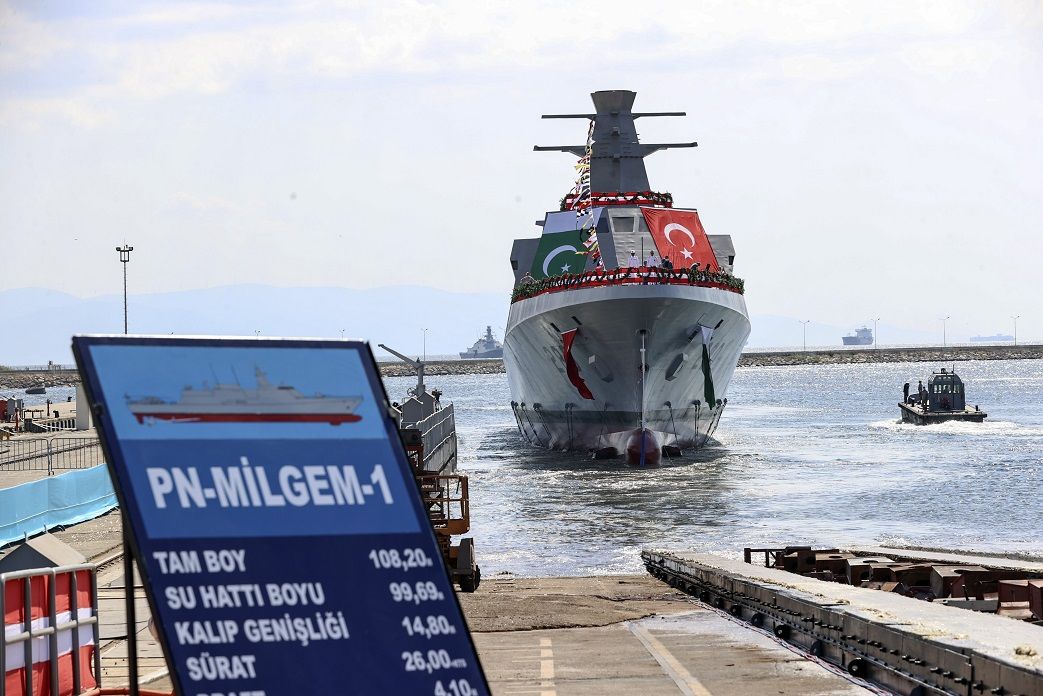
Efforts to increase maritime capabilities have been accelerated, especially after 2016. In this context, the Pakistan Navy Fleet Tanker Project (PNFT), built in cooperation with Turkiye, constitutes an important benchmark. The platform, taken delivery in inventory in 2018, has been the backbone of the Pakistan Navy regarding its open seas operational capability. PNS Moawin (39) constitutes a vital force multiplier for the country within the scope of capacity development targets. Pakistan is increasing its cooperation with Turkiye within the framework of signed agreements and various jointly executed projects. In this context, significant contributions are made to the country’s naval power with the PN MilGem and the modernisation of the Agosta 90B class submarine. The said cooperation is expected to expand further in the coming periods. Amongst these cooperations, the Pakistan ship being the first foreign ship to participate in the Mediterranean Shield operation, Pakistan’s participation in Turkiye’s invitation exercises can be given as an example of cooperation in the field of operations. The training of Pakistani officers at the Turkish Naval Academy and the Naval War College for more than 20 years is a sign that there will be significant opportunities in the future in the field of cooperation as well.
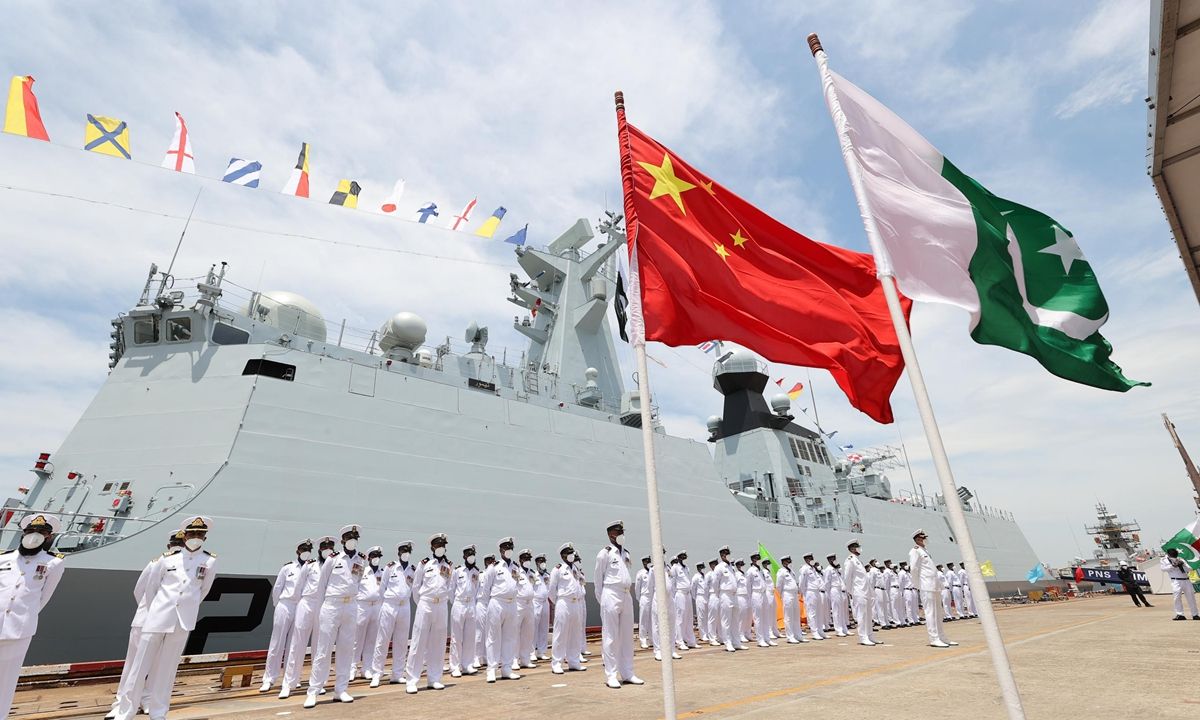
In addition to the projects it carries out with Turkiye, Islamabad continues to blue water-capable platforms from China. Pakistan Navy ordered four Type 054A/P class frigates, which can be described as the most equipped class regarding weapons and capabilities, and added the first multi-role PNS Tughril to its inventory. The open water capacity of the force will be increased with the Hangor class submarines, which are also procured from China and equipped with AIP equipment, which can perform long-range patrol tasks.

